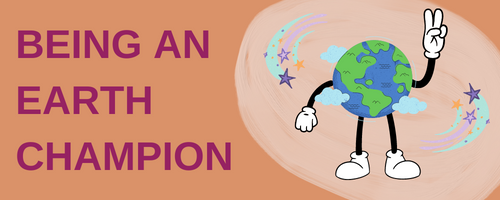FunDoo
A WhatsApp-Based Learning Experience
funDoo is a WhatsApp chatbot that helps youth (15–21) build essential 21st century skills through self-paced, conversational learning. With over 100 activities in 6 languages and 3+ lakh users, it makes skill development accessible to anyone with a phone. Developed in collaboration with UNICEF India and Udhyam Learning Foundation, the initiative supports the goals of India’s National Education Policy by promoting decision-making, digital literacy, self-motivation, and adaptability.
I contributed to the UX and navigation design of the chatbot, shaped the visual direction for U-Points (a gamified reward system), and worked on the learning journey visual. I also conducted user research and testing with students in Bengaluru, Karnataka and Jhunjunu, Rajasthan, ensuring the experience was intuitive, accessible, and engaging for diverse learner groups.
Design
For
Visual Design, Visual Narration, UX design
Unicef India
Udhyam Learning Foundation
Year
2022
THE Problem
Delivering over 100 learning activities through a WhatsApp-based chat interface posed significant navigation challenges. Users often found it difficult to understand where they were in the learning journey, how much progress they had made, or what activities were still available to explore. Given WhatsApp’s linear and text-heavy flow, there was a clear need to design a simple, intuitive system that could help users track their progress, navigate easily between modules, and engage meaningfully with the content — all within the limitations of a chat-based experience.
Design Approach
To address the navigation challenges within WhatsApp’s linear interface, we took inspiration from how Progressive Web Apps (PWAs) structure user flows. We introduced a consistent three-button system at key menu points — Previous, Select, and Next — to help users move through activities with clarity. Special attention was given to the wording of these buttons, ensuring they were intuitive and action-oriented to guide learners smoothly.
In addition, we designed clear menus and submenus that helped users understand which part of the learning journey they were entering, making the structure of the content more visible and explorable — even within the constraints of a chat-based experience.
Learning Environments

Experience funDoo here
Progress Tracking
To help learners visually track their progress within the chat interface, we introduced a simple and effective solution using emoji-based indicators. A combination of 🟩 (green blocks) and ⬜ (grey blocks) was used to represent how much of an activity or learning journey had been completed. Each progress bar consisted of 10 blocks, gradually filling up with green as the user advanced. Once all segments were complete, the final indicator was marked with a ✅ (green tick), giving users a clear sense of accomplishment and motivation to continue — all within the familiar WhatsApp environment.
30% complete. : 🟩🟩🟩⬜⬜⬜⬜⬜⬜⬜
80% complete : 🟩🟩🟩🟩🟩🟩🟩🟩⬜⬜
100% complete : 🟩🟩🟩🟩🟩🟩🟩🟩🟩✅
U-Points: A Visual Metaphor for Growth
To make progress feel rewarding and alive, we designed the U-Points system using a sapling-to-tree metaphor. As learners completed more activities, they earned U-Points, represented visually as coins. These coins accumulated and unlocked milestones — at thresholds like 250, 600, and 1000, 2500, 5000 points, users would see their sapling evolve.
With each milestone, the environment around the plant also came to life:
🪲 Insects at early stages, 🐝 bees as progress deepened, and 🐦 birds as the tree matured — all signifying not just user progress, but the growth of knowledge and confidence over time. This layered visual journey provided learners with a sense of purpose, motivation, and delight, even within the minimal visual constraints of WhatsApp.
Visual Explorations for Learning Journeys
As part of the design exploration phase, I developed visual representations for different learning journeys to help users better understand and anticipate the type of experience ahead. These illustrations were intended to serve as navigational checkpoints and set the tone or mood of each activity, giving learners a more engaging and contextual starting point.
We tested these visuals with learners to gauge their impact on engagement and clarity, and the feedback was largely positive — users found them helpful in visualizing what the activity might involve. However, due to platform constraints and prioritization during development, these visual elements were not incorporated into the final implementation. Nonetheless, this exploration played a valuable role in informing future directions for improving learner experience within constrained platforms like WhatsApp.























